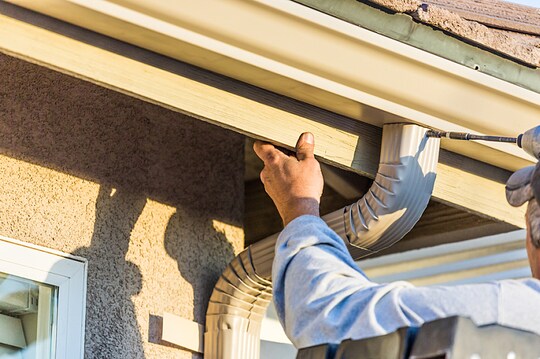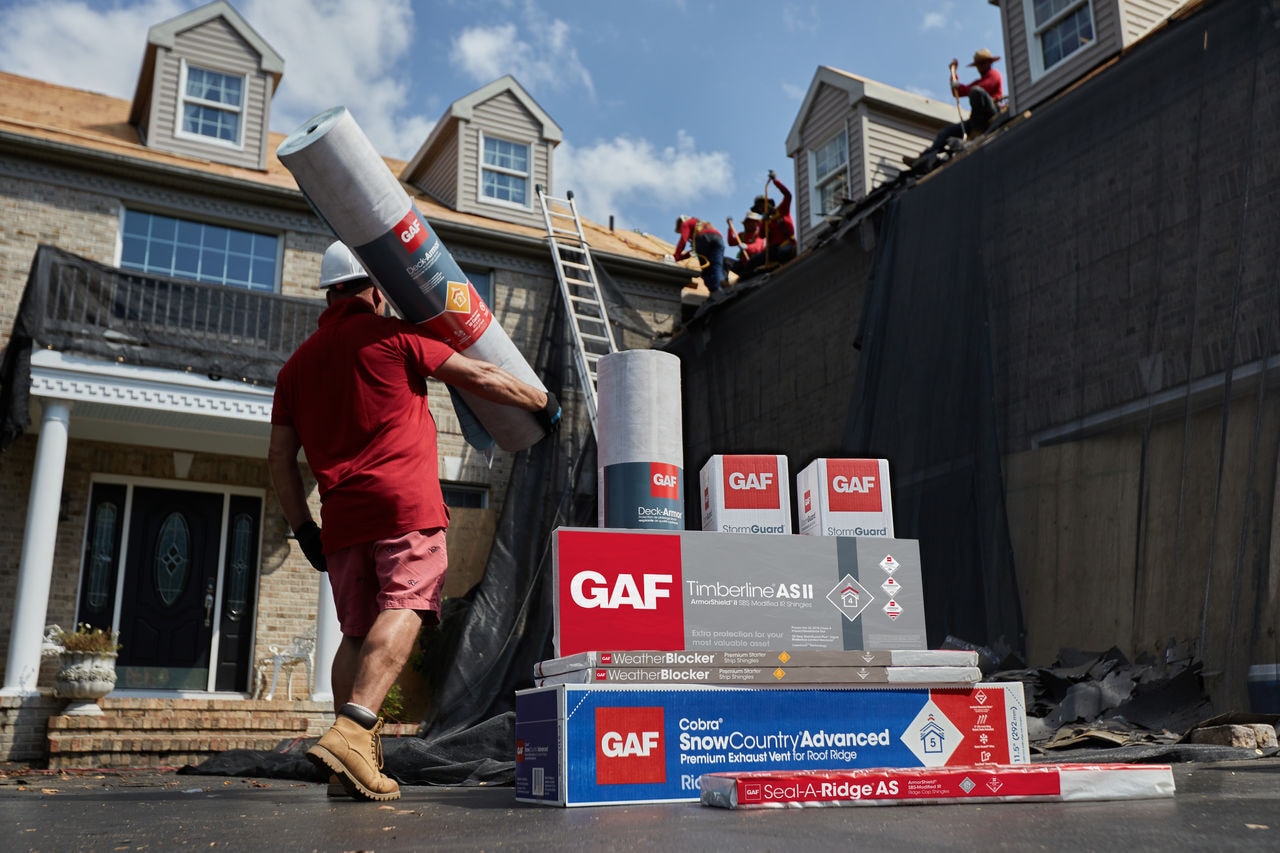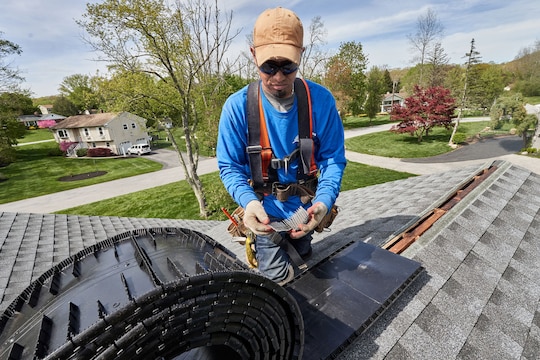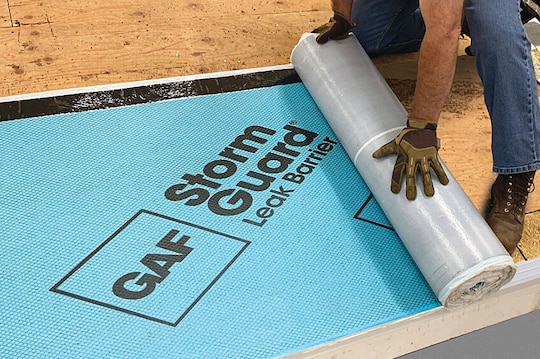
As intensifying weather events occur across the country, it's increasingly important to take action to protect your home. Even regions outside the traditional hail belt or tornado alley are experiencing extreme storms. As a result, there's a growing interest in and need for resilient roof systems that can withstand high winds, impact from debris, and water intrusions.
"If you can keep water from entering the house with tightly sealed decking, you can keep out mold, protect the interior of your home, and protect against water damage," explains Mike Thomas, GAF Director of External Learning & Development, Storm Restoration. "It's the difference between needing a roof repair and needing to move out."
If you live in or near an area that's seen strong weather in recent years—and a related uptick in insurance premiums—you might benefit from the FORTIFIED Home™ program. Here's a look at how new weather patterns can impact you and what you need to know about FORTIFIED certification.
How Severe Weather Can Impact You
Storms can have far-reaching effects for individual homeowners and entire communities. Here are a couple of the impacts you may experience after an extreme weather event.
Damages Homes and Communities
With storm systems gaining strength each season and costing billions in damage each year, both homeowners and insurers are scrambling to keep up. For example, Hurricane Milton, a Category 5 storm in October 2024, ravaged Florida just two weeks after Hurricane Helene took lives and destroyed infrastructure.
When homes can't stand up to storms, there's a significant human and economic impact on local, state, and federal levels. Families can lose everything in one storm.
Affects Homeowners Insurance Rates and Requirements
Repairs can be expensive, and insurers may realize reduced profits to pay claims to help families at the current and projected rate. This has led some insurance companies to charge higher premiums or require construction upgrades on riskier, less secure homes. At the same time, they're offering financial incentives (like lower rates) to homeowners who protect their homes.
Why Having a FORTIFIED Home™ Matters.
Since no one can control the weather, resilience leaders across government and industries have come together to find ways to strengthen homes. If you want to ensure your house can handle severe storms, you can tap proven resilience solutions that make a property more attractive to insurers, like the FORTIFIED Home program. The Insurance Institute for Business & Home Safety (IBHS)—an independent, nonprofit, scientific research and communications organization—developed this voluntary construction and reroofing program to help protect homes against severe weather, such as high winds, hail, and hurricanes.
By investing in this home improvement upfront, you may save on insurance rates and major home repairs. Some states even offer grants, like the My Safe Florida Home and Louisiana Fortify Homes programs, to help homeowners fund restoration roofing upgrades. Most importantly, you can protect your family and home in the long term.
"The weather is not stopping," says Thomas, who heads a specialized team of storm restoration roofing trainers. "I wish everyone knew what they could do to strengthen their home and protect what matters most to them."
How to Get a FORTIFIED Roof™
For your home to earn the FORTIFIED designation, you must hire a contractor certified to work with the FORTIFIED program, and they need to install approved materials that meet the outlined standards.
The FORTIFIED Home program has three tiers: FORTIFIED Roof™, FORTIFIED Silver™, and FORTIFIED Gold™. The FORTIFIED Roof process is the entry point because experts know the key to protecting your home is keeping the roof on and the rain out. FORTIFIED Silver includes the roofing process and adds protection to vulnerable points like garage doors and porches. FORTIFIED Gold is for new construction and ties the home's components together for ultimate strength.
Once completed, homeowners receive a FORTIFIED designation that lasts five years. After this period, the designation can be renewed, typically through a simple inspection conducted by a certified evaluator to confirm the home remains in good condition and continues to meet FORTIFIED standards.
Are You Ready for Bad Weather?
Your home and family are worth protecting. To help ensure adherence to the FORTIFIED Roof program, GAF offers a variety of roofing products that meet the criteria. This includes Deck-Armor™ Premium Breathable Roof Deck Protection that helps keep wind-driven rain out, Roof Deck Seam Tape that helps seal joints, seams, and around fasteners on the roof deck, and Timberline® AS II Shingles that pass the UL's toughest impact-resistance test, and the TimberSteelTM Premium Metal Roofing System available in certain markets.
Remember, you can take advantage of state grants, insurer incentives, and roof repair financing to help you protect what matters most.
For more on home strengthening standards, GAF products that comply, and potential savings and incentives, visit the FORTIFIED Roof resource center.



